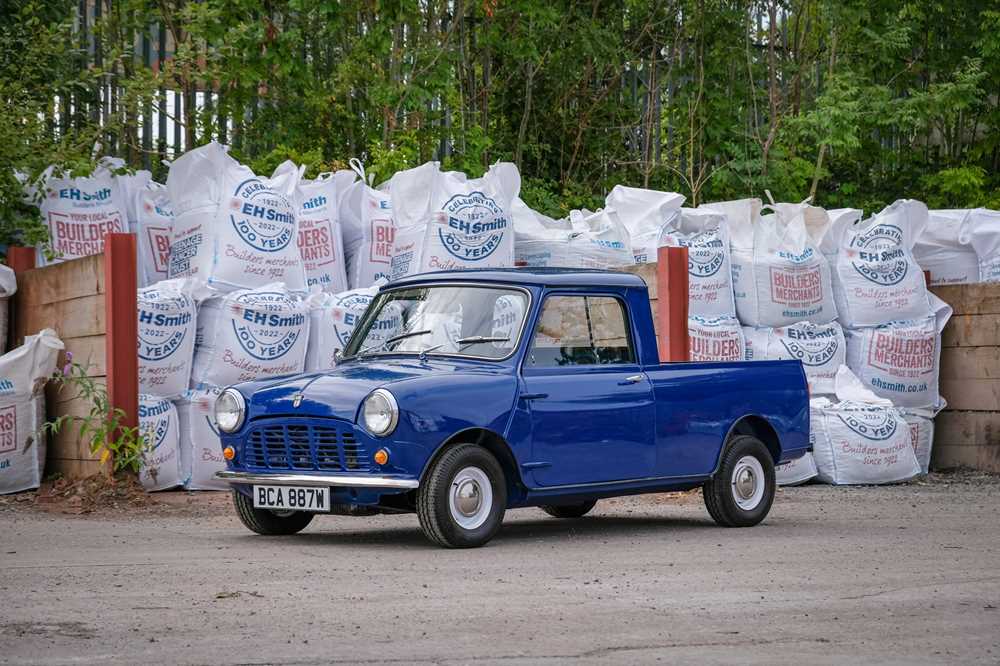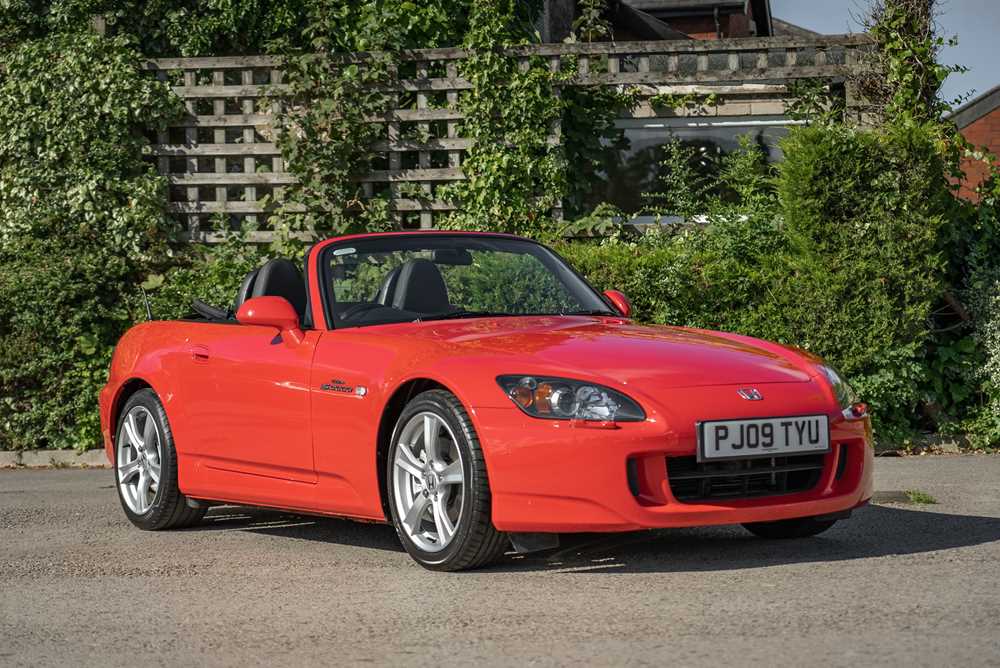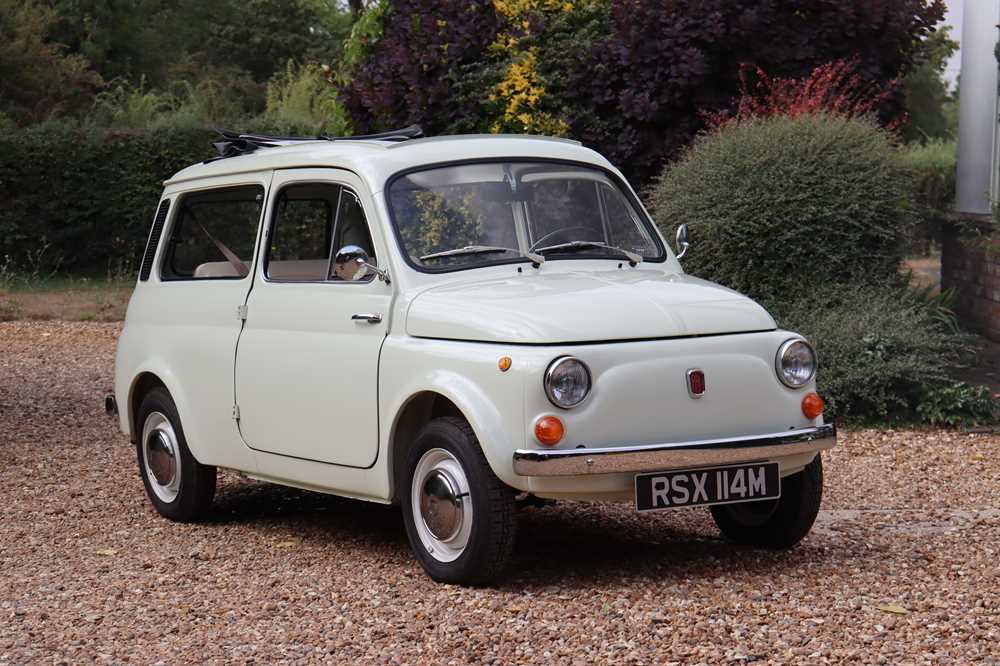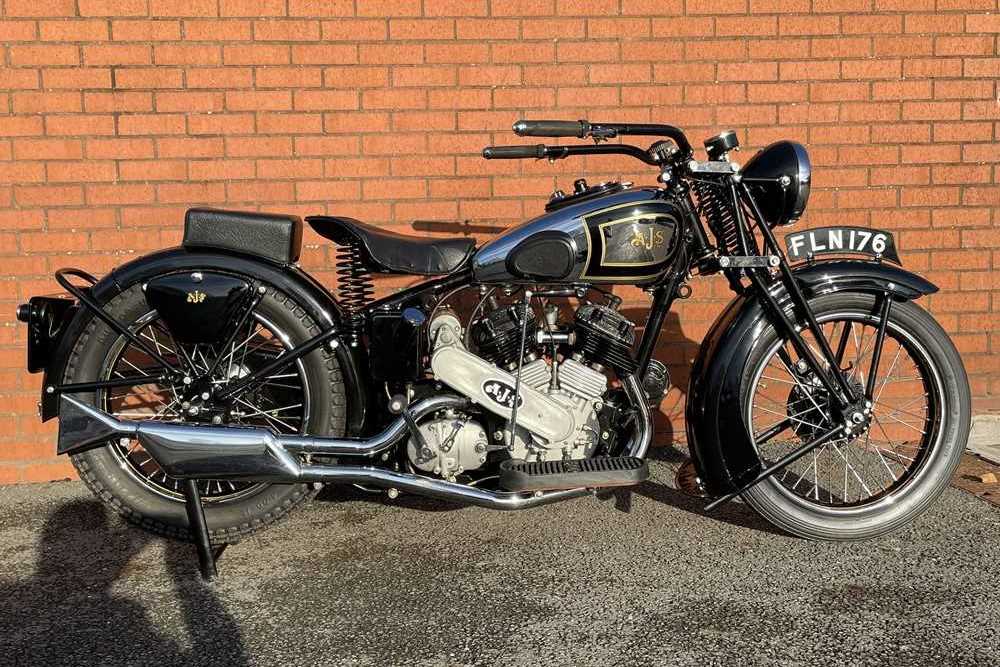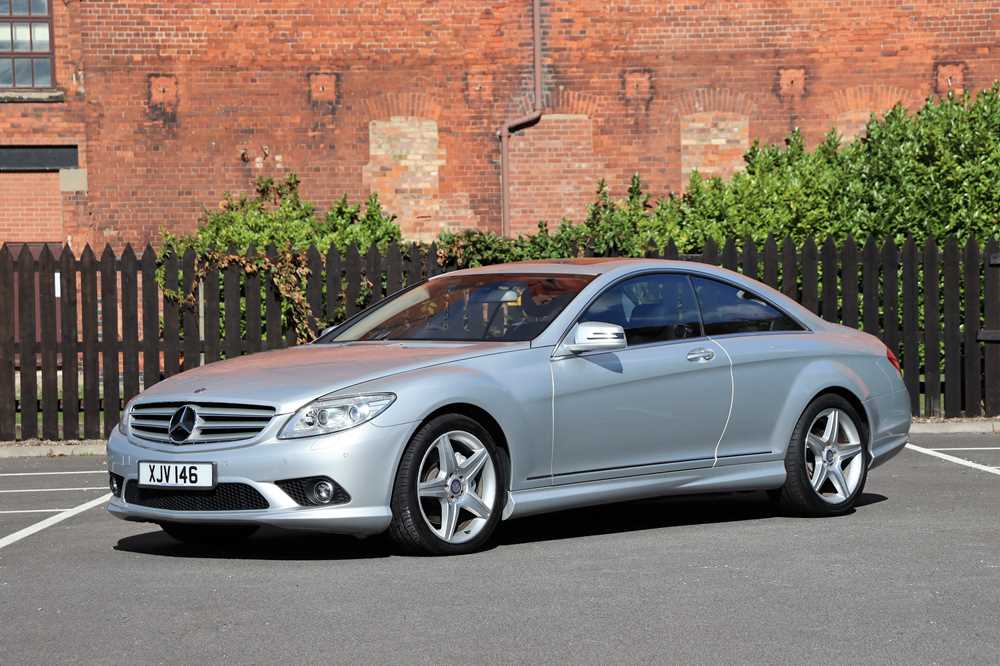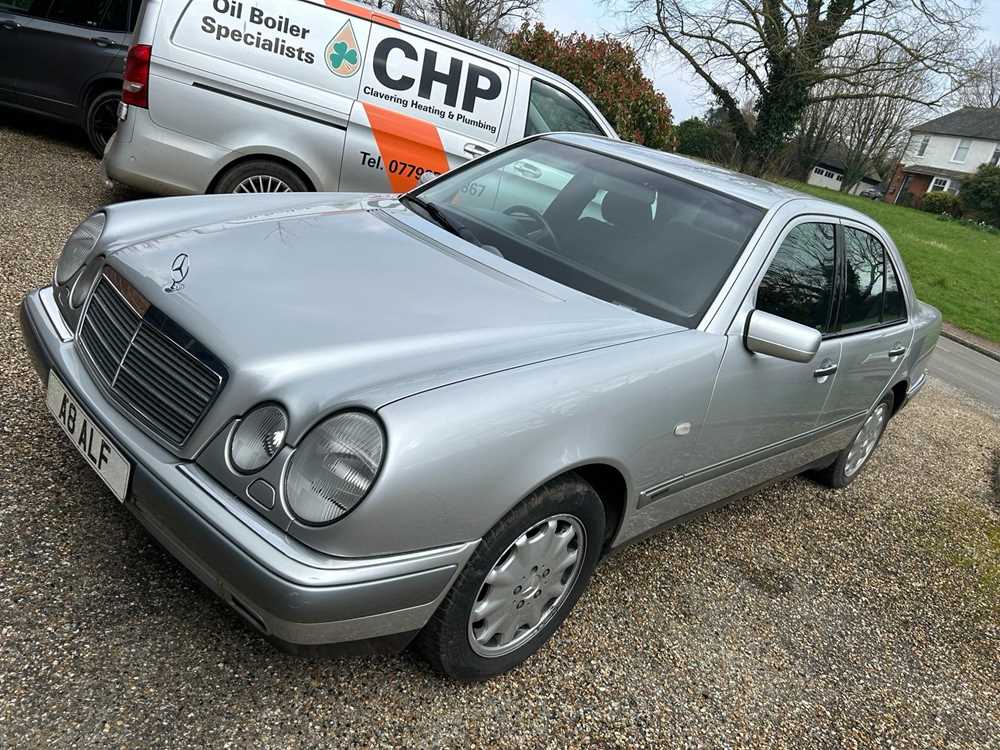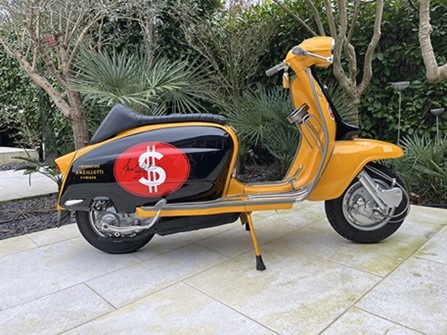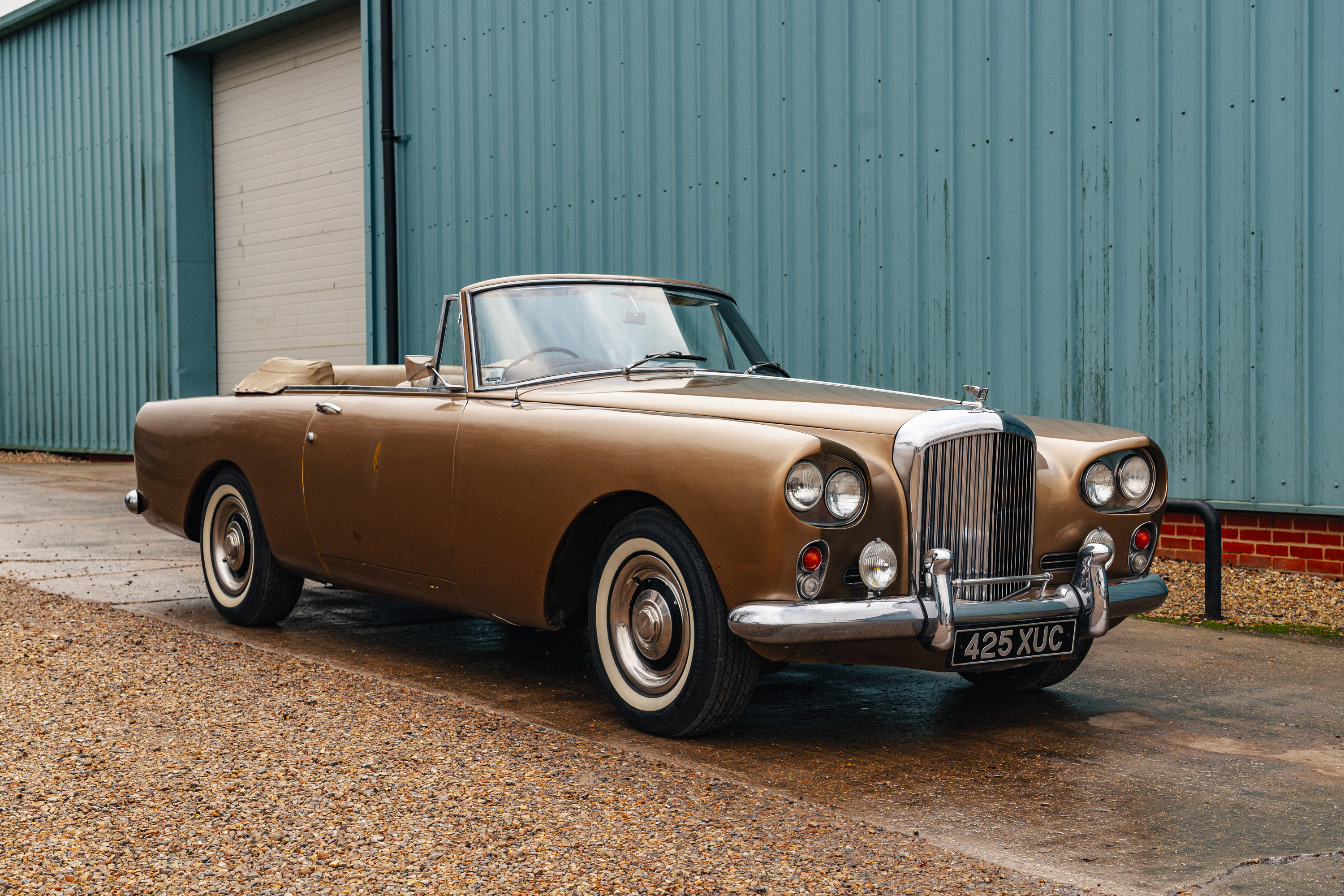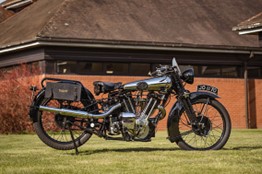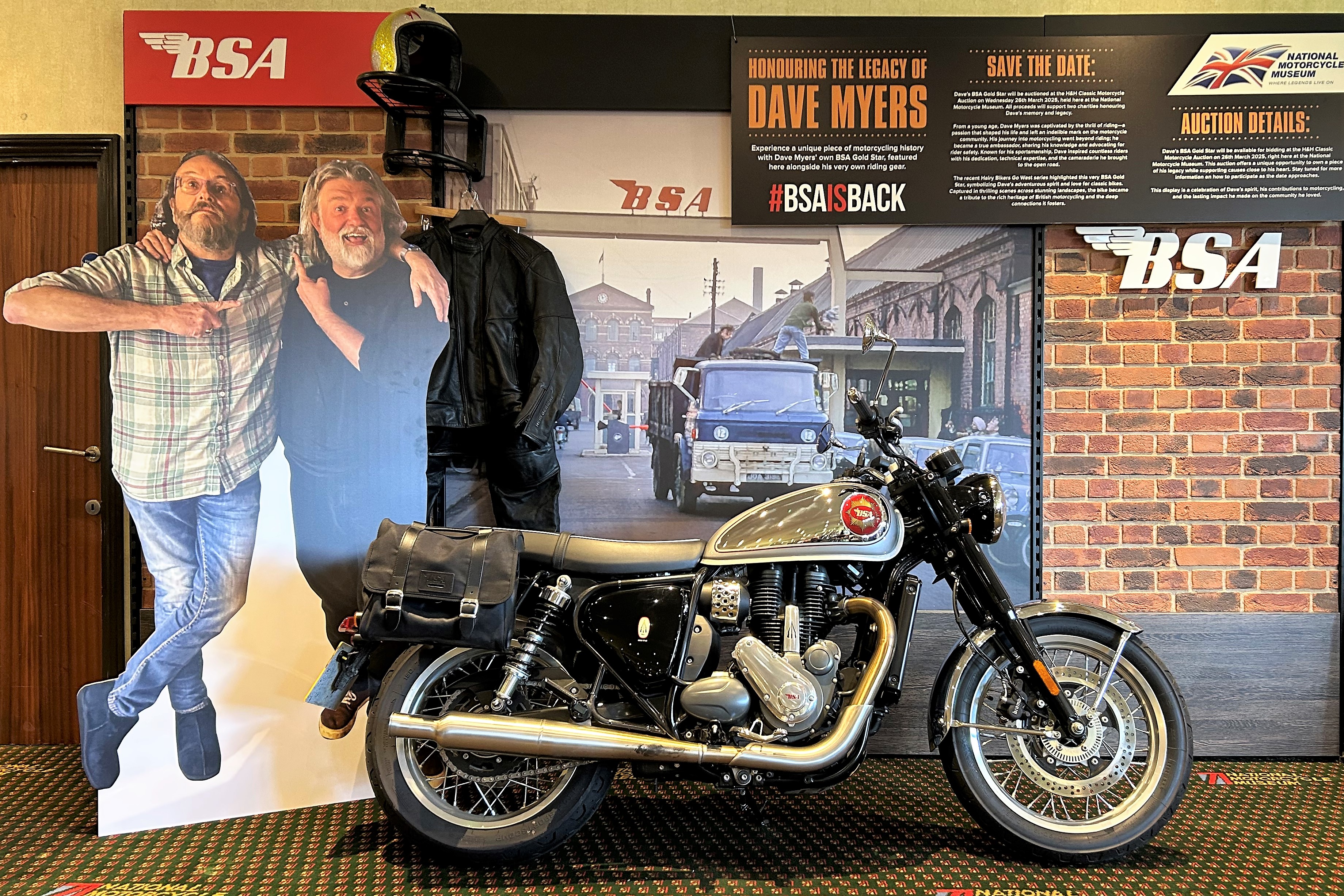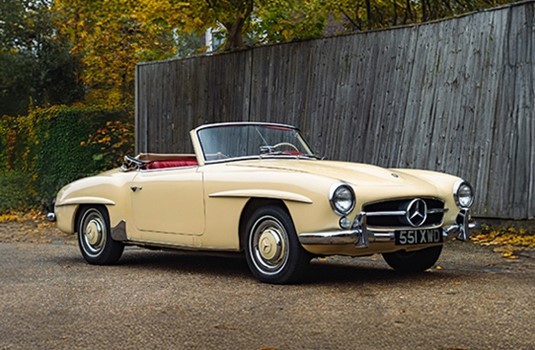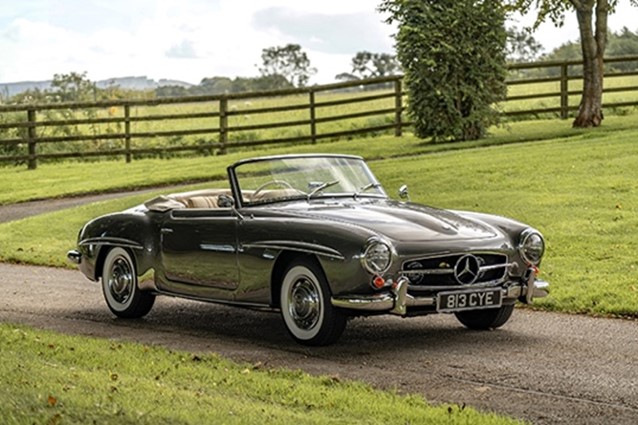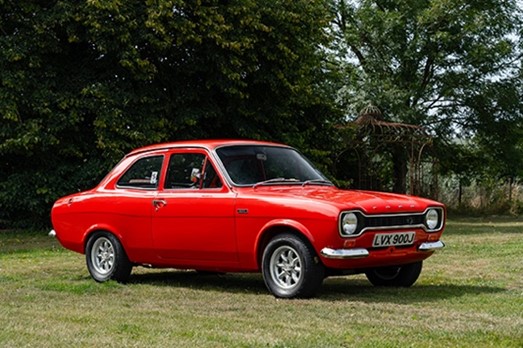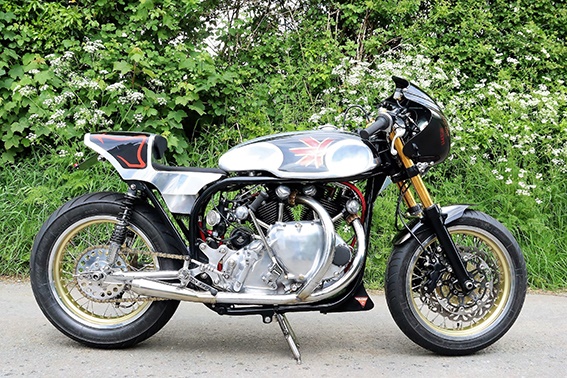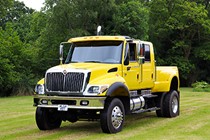19th Jun, 2019 13:00
Imperial War Museum Duxford
1901 De Dion Bouton Type G
Sold for £62,438
(including buyers premium)
Registration No: DX 108
Chassis No: 4978
Mot Expiry: Exempt
- Has completed 14 London to Brighton runs over the last two decades
- Retains its original registration number which was issued by Ipswich County Council in 1904
- Engine overhaul just completed at a cost of £7,500 in March 2019
- Has been in its current Vis-a-Vis configuration since at least 1953 when it was pictured on that year's London to Brighton run in Autocar magazine
PLEASE NOTE: Michael Edwards who is the Chairman and Secretary of the De Dion Bouton Club as well as being the author of several books on the marque has very kindly provided us with the following information.
'DX 108' started life in 1901 as a Type G 'forward control' vehicle, where the steering 'wheel' was directly over the front axle. The aim was to create a full four-seater vehicle with all the passengers facing forward, and so they invariably had 'double phaeton' carriage work. Due to the change in seating and carriage configuration, these vehicles also had a different chassis, which is visible at the very front as a rounded piece of tubing rather than the usual pair of curved dumbirons. This chassis was also used for delivery vehicles. When I wrote my first book on early De Dions, I decided not to include any reference to these forward control cars because I could not trace any. Recently, however, they are springing out of the woodwork. 'DX 108' obviously had its original coachwork removed, to be replaced with the conventional Vis-a-Vis body, and at the same time the steering mechanism was shifted back to the Vis-a-Vis position. In addition, the original 4.5hp engine was removed, to be replaced with a later 6hp engine, which is currently in the vehicle. There are quite a few other differences in terms of length of springs, fittings etc. I have a list of 6 owners, going back to 1949. It does have a great many appearances in the LBVCR to its credit.
Catalogue Description:
This gorgeous unrestored G Type De Dion almost has its own groove on the A23, having contested and completed no less than 14 London to Brighton runs in the last two decades (its length of time in the current ownership), plus many others since before the war. Being one of the older contestants, it normally benefits from an early start in the run and the history file is packed with on-event images, plus a press cutting from a 1953 edition of the Autocar magazine. 'Dixie' wears a Veteran Car Club brass plaque showing the year of manufacture as 1900, but this was later reviewed by the club, which now considers it to have been born in 1901, and the appropriate certificate is included in the sale. The 3-4 seater still wears its original Ipswich-originated registration number, 'DX 108', that was added in 1904. Maintenance has been ongoing, and the two-speed gearbox was refurbished in 2002. Along the way the original 4½hp single-cylinder engine has been supplanted by an uprated 6hp one, which has only just been completely overhauled with new con rod etc, at a cost of £7,600.
The vendor describes this splendid veteran as being in 'lovely, original condition and presently classes the engine as 'very good', the bodywork, interior trim and transmission as 'good' and the paintwork as 'average'. He adds that 'Dixie' is lovely to drive and control and enjoys the open road'. Finished in Blue over Black and trimmed in Black leather, this splendid item of mobile motoring history comes compete with a forest of related items including: four brass lamps; handbook, general workshop manual and gearbox manual; numerous items of memorabilia relating to the London to Brighton run; and a collection of old MOT certificates and tax discs. This horseless carriage represents a fine opportunity for anybody seeking first-hand experience of the London to Brighton run and other veteran car events - and, it should be noted, is sufficiently compact to be fitted into a single-horse trailer for ease of transportation!
The Marquis Jules-Albert de Dion was involved with the world of horseless carriages from as early as 1883 and his first internal combustion-engined offering was a diminutive tricycle powered by the company's new vertical single-cylinder engine, which was notable for revving at almost twice the speed of the contemporary Daimler unit. The four-wheeled vis a vis Model D Voiturette first seen in 1900 introduced the world to the innovative De Dion rear axle, which was way ahead of its time, by when De Dion-Bouton had briefly become the largest motorcar manufacturer in the world, producing 400 cars and 3,200 engines. The basic design of the Model D was developed to produce Models E, G, I and J before being replaced in 1902 by the Model L, a rear-entry phaeton.
Auction: Imperial War Museum Duxford, 19th Jun, 2019
All successful bids must be paid in full by midday the day after the auction at the latest.
You can collect your new pride and joy from our venue until 1pm the day following the sale or our partners are on hand to help arrange safe transportation:
Do you have an item to sell?
If so, contact one of our friendly specialists for your free valuation by completing the form below and someone will get back to you as quickly as possible.
If you prefer to speak to humans, don't hesitate to call our office on +44 (0)1925 210035
Other lots in this sale











